Lost containers and rubber ducks overboard: Inside the curious world of container shipping
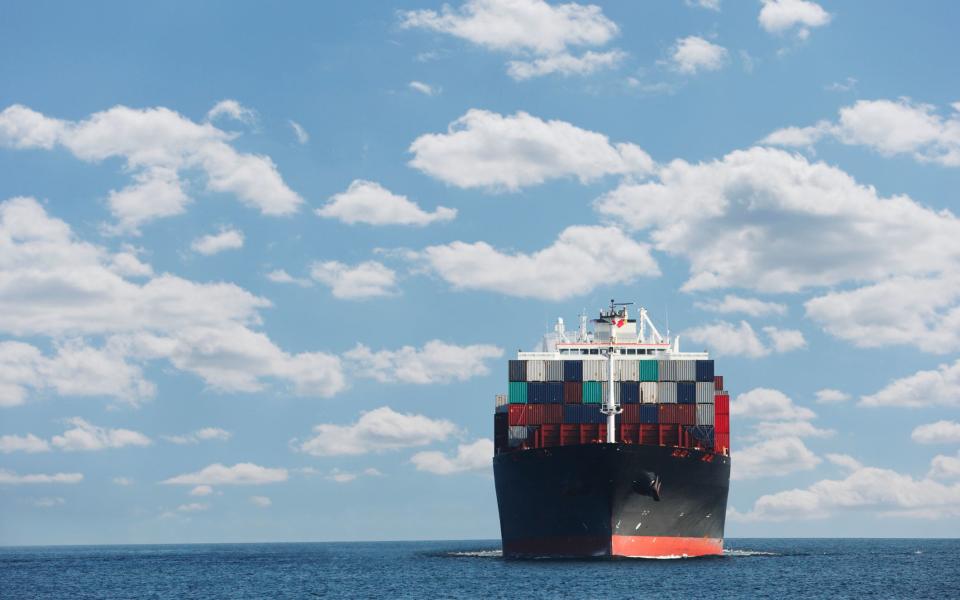
Across the vast expanses of water making up more than two thirds of the planet, some 50,000 shipping vessels are bustling away, delivering the cargo that makes much of our world tick.
Dwarfing cruiseliners in size, freight behemoths transport millions of containers hundreds of thousands of miles a day - some ships can carry 20,000 at a time - while 33 million exist in total.
So, it is perhaps no surprise that not all make it to their destination safely.
As revealed in Blue Planet II this week, it is thought some four a day are lost to the waves, however, other industry estimates have put it much higher at 10,000 a year - that would be about 27 a day.
What happens to them?
Most will sink, though it can take up to two months for some 20-foot containers (a standard size) to disappear beneath the waves. A refrigerated container might be buoyed by its insulation and drift on the seas for longer.
But these are not the ones that garner interest.
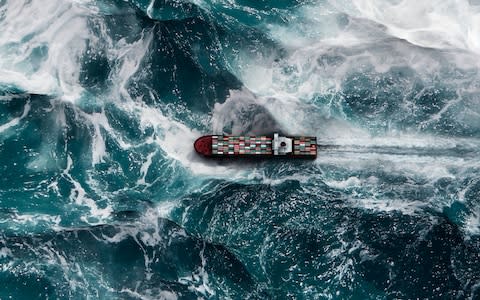
In 2006, thousands of bags of Doritos crisps washed up on the beaches of North Carolina’s Outer Banks after a container carrying them split apart in the Atlantic.
Every day hundreds of LEGO pieces wash up on Perran Sands in Cornwall, and other nearby beaches, after a container ship carrying the toys was hit by a huge wave in 1997, sending tonnes of its cargo overboard.
The most famous such incident, and the one discussed by David Attenborough at the weekend, was the rubber ducks, better known as the Friendly Floatees.
After a containment of some 29,000 plastic yellow ducks, red beavers, blue turtles and green frogs were washed into the Pacific in 1992, the little toys began appearing on beaches around the world, from the west coast of America, to South America, Australia, and by 2007, Europe.

The travels of the ducks was used by oceangrapher Curtis Ebbesmeyer to map the global currents of our oceans, though they were already working on a model, tracking 61,000 Nike trainers lost overboard in 1990.
Not all are quite so cute, though.
For one thing, low-floating shipping containers create a hazardous obstacle for other vessels, but should that container be carrying hazardous chemicals or pollutants, then it can impact the ocean’s eco-system.
How do they get around?
A BBC experiment in 2008 that tracked a single container for nine months showed the reach of commercial shipping, with the BBC Box starting in Southampton and visiting Los Angeles, Yokohama, Brazil and Hong Kong, among other destinations. In its time it carried cargo including whisky, catfood, ink and monosodium glutamate.

What about shipping disasters?
Maersk, the world’s largest shipping company, says its largest annual loss of containers was 59. The Through Transport Club, which insures and risk manages top freight firms, reckons fewer than 2,000 containers are lost a year.
In 2011 the World Shipping Council explained that even with proper and secure loading, “a number of factors ranging from severe weather and rough seas to more catastrophic and rare events like ship grounding or collision can result in containers being lost overboard”. It said that during a “catastrophic loss” more than 50 containers can be lost in a single incident.
It estimated that without including such events, some 350 containers are lost each year, and with the larger events, 675.
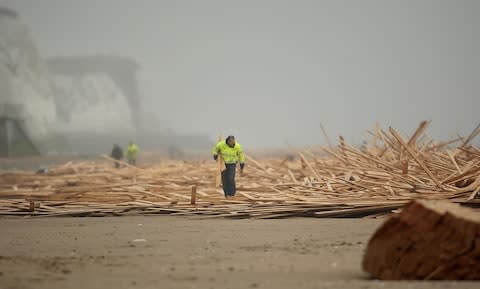
In 2002, a massive cargo ship, the MV Tricolour was moving through the English Channel bound for Southampton with a load of some 3,000 BMWs, Volvos and Saabs, when it collided with another container ship. As many as 2,862 cars and 77 units of cargo that included tractor and crane parts was lost.
The Tricolor would two days later be struck by another vessel, carrying 70,000 tonnes of highly flammable gas oil. Later a third ship, a tug, would hit the Tricolour, knocking off a safety valve and triggering a massive oil spill.
What is the world's largest container ship?
That would be the OOCL Hong Kong, built this year by Orient Overseas Container Line and capable of holding 21,413 20-foot containers. At more than 1,300 feet long and nearly 200 wide, it’s basically four football pitches of boat.
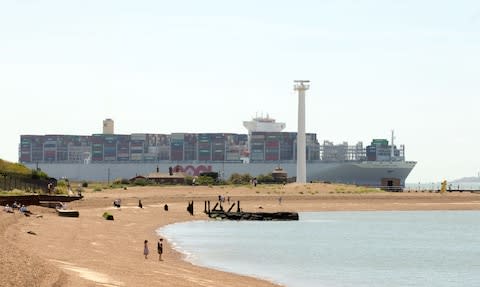
The largest container ship in history was the Seawise Giant, which was in service for 30 years ferrying crude oil across the globe but finally sold for scrap in 2010 at a ship breaking yard in India. In her heyday, this ocean beast weighed more than 564,000 tonnes, measured 1,500ft in length and took a full five miles to slow to a halt, such was her bulk.
Can I travel on one?
Absolutely.
Travel agent Cargo Ship Voyages specialises in laymen exploring the world on a cargo ship.
“Travelling on a cargo ship is a unique experience. Whether you love the sea, are conscious of your carbon footprint, don't like flying or simply prefer to sail in a relaxed atmosphere, away from the crowds, then travelling by cargo ship is the right choice for you,” reads its blurb.
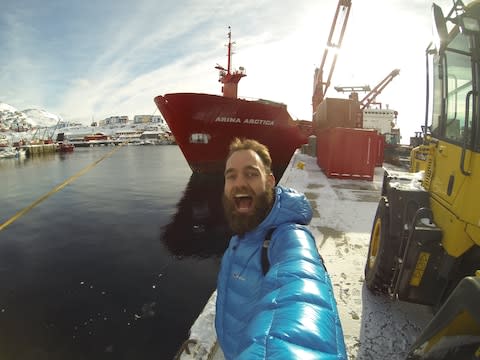
It advises that most cargo ships can only carry six passengers, and age restrictions might apply. It warns that passengers should remember that “these are hard-working cargo ships, not cruise ships”.
But it means weeks on the open sea, all around the world. Anyone fancy an 80-night trip from Singapore to Melbourne and back?
In 2016, Telegraph Travel spoke to 37-year-old Dane Torbjørn C. Pedersen, known as Thor, who spent three years travelling the world on container ships, through the Caribbean, Indian Ocean and the Americas.
Luxuries are usually lacking, said Mr Pedersen, but he has been pleasantly surprised by the quality of accommodation.
“I've slept on a kitchen floor of a very unclean boat, but the worst cabins have been comparable with mid-range hotel rooms. The best have been downright luxurious. I was onboard a ship which was 10 years old but still the bed was good, the walls were clean, the shower and toilet worked - I couldn't complain at all,” he said.

Where are the busiest shipping ports?
Mostly in Asia.
What are the world’s busiest shipping lanes?
Believe it or not, the Strait of Dover, the gap between the UK and France, is the world’s busiest international seaway, used by more than 400 commercial vessels a day.
Created by London-based data visualisation studio Kiln and the UCL Energy Institute
The Strait of Malacca, between Malaysia and the Indonesian island of Sumatra is another incredibly busy area of sea, its waters holding some 34 shipwrecks dating back to the 1880s.
It is estimated about 20 per cent of the world’s petroleum passes through the Strait of Hormuz, splitting the Persian Gulf and Oman.
But as you can see from the map above, created by Kiln, the world is awash with tankers.

